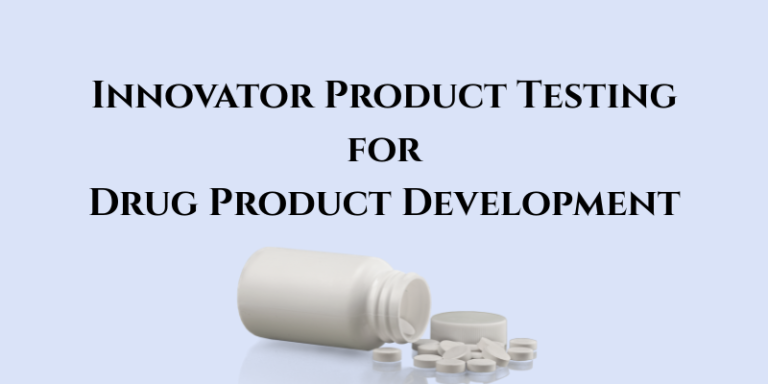Pharmaceutical Development (Quality by Design) Summary
ICH Q8 (R2) is a guideline issued by the International Council for Harmonization (ICH) that provides principles for Pharmaceutical Development under the Quality by Design (QbD) approach. The key focus of this guideline is to encourage a systematic, science-based approach to drug development that enhances product quality and process understanding.
Objective of Pharmaceutical Development
To design a quality product and its manufacturing process to deliver the intended performance, safety, and efficacy consistently.
Key Elements of ICH Q8 (R2)
Quality Target Product Profile (QTPP)
- Defines the desired quality attributes of the final product.
- Includes dosage form, route of administration, strength, purity, stability, and bioavailability.
Critical Quality Attributes (CQAs)
- Physical, chemical, biological, and microbiological properties that must be controlled within limits to ensure product quality.
Risk Assessment in QbD
- Identifies Critical Material Attributes (CMAs) and Critical Process Parameters (CPPs) that impact CQAs.
- Uses tools like Ishikawa diagrams, Failure Mode and Effect Analysis (FMEA), and Design of Experiments (DOE).
Design Space
- A multidimensional range of input variables (CMAs & CPPs) within which product quality is maintained.
- Changes within the design space do not require regulatory approval.
Control Strategy
- A set of controls (from raw materials to final product) ensuring quality assurance.
- Can include in-process controls (IPCs), real-time release testing (RTRT), and process analytical technology (PAT).
Lifecycle Management
- Continuous monitoring and improvement of the product and process.
- Includes Post-Approval Changes (PACs) and continual validation.
Benefits of ICH Q8 (QbD Approach)
- Increased product and process understanding
- Reduction in batch failures and deviations
- Regulatory flexibility with design space
- Efficient scale-up and technology transfer
- Improved risk management and robust control
Read also:
Resource Person: Moinuddin syed. Ph.D, PMP







